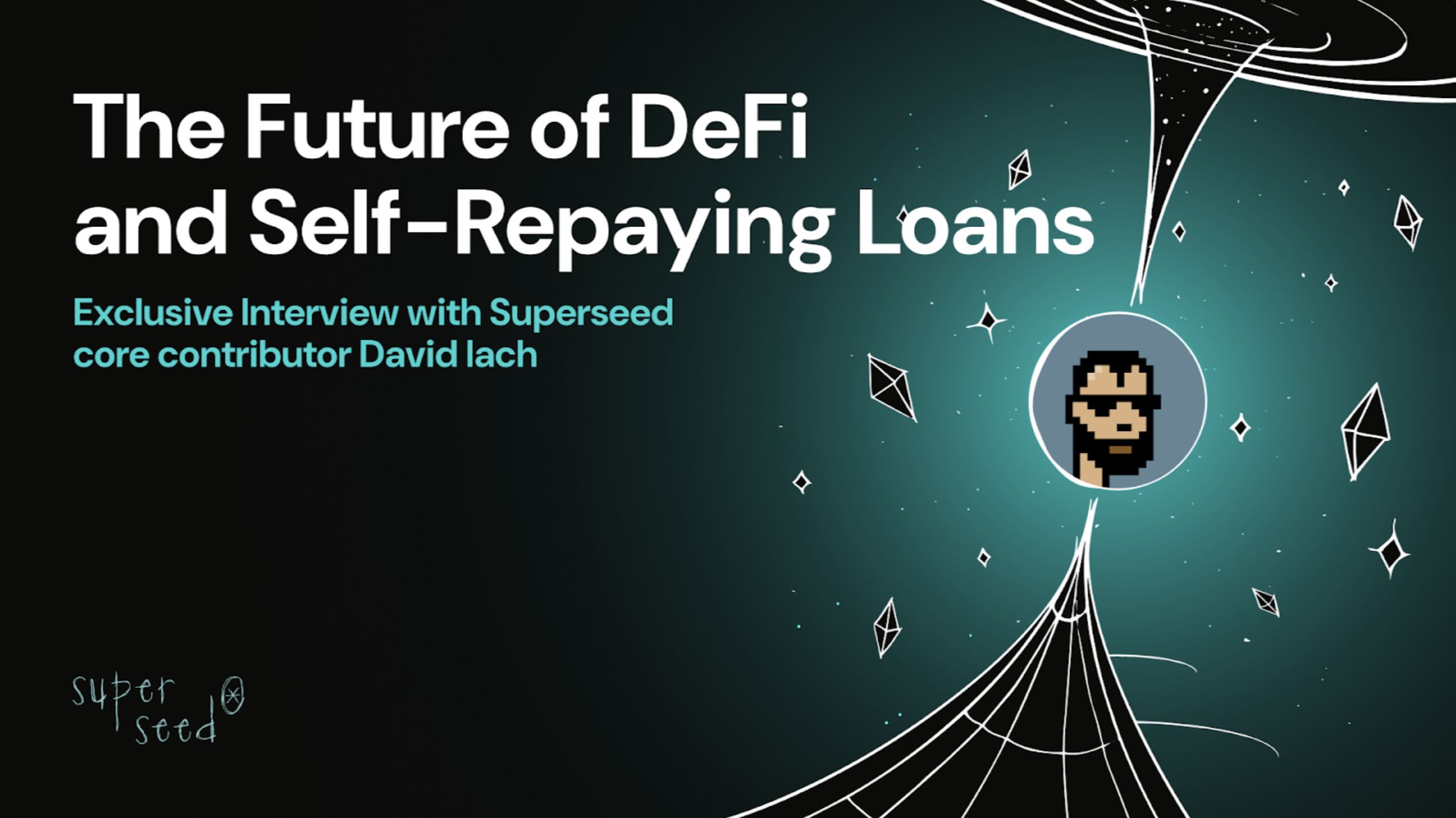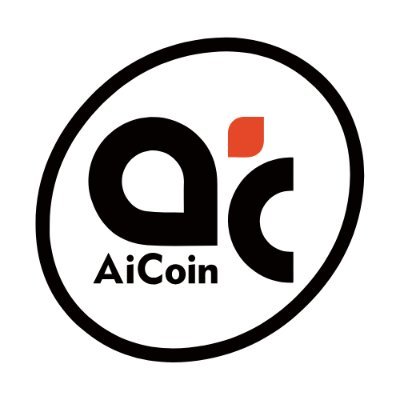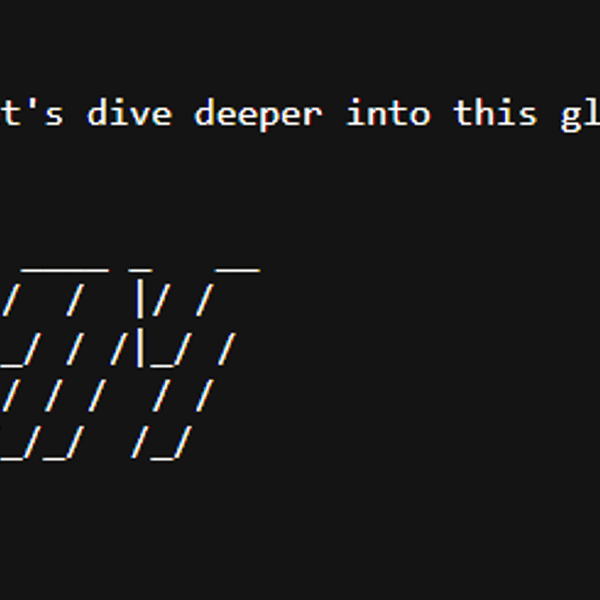
Coin-related
Price calculator
Price history
Price prediction
Technical analysis
Coin buying guide
Crypto category
Profit calculator

Core priceCORE
How do you feel about Core today?
Price of Core today
What is the highest price of CORE?
What is the lowest price of CORE?
Core price prediction
When is a good time to buy CORE? Should I buy or sell CORE now?
What will the price of CORE be in 2026?
What will the price of CORE be in 2031?
Core price history (USD)
 Lowest price
Lowest price Highest price
Highest price 
Core market information
Core market
Core holdings
Core holdings distribution matrix
Core holdings by concentration
Core addresses by time held

Core ratings
About Core (CORE)
What Is Core?
Core is a next-generation layer-one blockchain. The project employs a novel mechanism termed Satoshi Plus, developed to solve the blockchain trilemma, a technological challenge where a blockchain network can only achieve two out of three main features: security, scalability, and decentralization. Core’s innovative approach allows it to maintain optimal security and decentralization while achieving high scalability, making it a promising solution in the decentralized autonomous organizations (DAOs) and DeFi sectors.
Core’s mainnet, launched on January 14, 2023, has already processed millions of transactions, supporting smart contracts and a variety of decentralized apps (DApps). It aims to serve as the core of web3, integrating the best features of renowned blockchains like Bitcoin, Ethereum, Solana, and Polygon, and focusing on user-led governance, ensuring that the network is not structured around any single founder or developer, maintaining a high level of accessibility and decentralization. In April 2023, Core received a $50 million investment from Bitget - the world's leading centralized exchange.
Resources
Whitepaper: https://docs.coredao.org/core-white-paper-v1.0.5/
Official Website: https://www.coredao.org/
How Does Core Work?
Core operates on the patented Satoshi Plus consensus, a hybrid mechanism combining Proof of Work (PoW) and Delegated Proof of Stake (DPoS), allowing it to leverage the benefits of both Bitcoin's secure and Ethereum's scalable consensus mechanisms. This consensus ensures that each block added to the blockchain requires validation from a current CORE holder and computing power, creating a secure, reliable, and decentralized ledger.
Validators in the Core network are responsible for block production and transaction verification, and they are elected based on a combination of staked CORE tokens and hash power, ensuring a balanced and efficient mix of PoW and DPoS. This approach allows even small token holders to participate in network governance and transaction validation, enhancing the network's decentralization and scalability.
Core’s integration with Ethereum Virtual Machine (EVM) and 0x protocol ensures compatibility with Ethereum’s smart contracts and decentralized token exchange, respectively, providing users with flexibility, affordability, and accessibility. Core’s governance is managed by Core DAO, allowing community members to make proposals, vote on suggestions, and enact plans, ensuring a truly decentralized and user-led governance structure.
What Is CORE Token?
CORE is the native utility and governance token of the Core network, with a total supply of 2.1 billion tokens. It is used for paying transaction fees, staking in the Core network, and participating in the governance process of Core DAO. The token distribution is planned, focusing on fair distribution among users, contributors, node mining, reserves, treasury, and relayer rewards, avoiding centralization and ensuring wide community participation.
Core also implements a token burning model, similar to Ethereum’s, where a portion of the block rewards and transaction fees are burned, adding value to the token. The CORE token is available for trading on major crypto exchanges, allowing users to easily participate in the Core DAO ecosystem and benefit from its innovative technology.
Core's Impact on Finance
Core’s unique approach to solving the blockchain trilemma positions it as a significant player in the DeFi and blockchain sectors. Its user-led governance and innovative consensus mechanism can potentially set new standards in security, decentralization, and scalability, attracting attention from DeFi advocates and developers.
Core’s partnership with Bitget, one of the largest centralized exchanges, which involves a $50 million investment in Core DAO’s Ecosystem Fund, underscores its potential to bring decentralization to the masses and support the development of early-stage projects in the blockchain space. This collaboration aims to foster innovation, provide financial aid to potential projects, and support the listing of projects in the CORE ecosystem, allowing millions to participate in and benefit from Core DAO’s revolutionary technology.
What Determines Core's Price?
The price of Core, like other cryptocurrencies, is influenced by a myriad of factors, reflecting the dynamics of the cryptocurrency market. Core's unique approach to blockchain technology, combining Proof of Work and Delegated Proof of Stake through its Satoshi Plus consensus, positions it as a notable entity in the cryptocurrency news, potentially impacting its price. The cryptocurrency price is often subject to market trends, regulatory developments, and the overall sentiment in the cryptocurrency community. Core's partnerships, technological advancements, and adoption rate, especially its collaboration with Bitget, a leading exchange, play a crucial role in its market valuation, making it a focal point for cryptocurrency analysis and discussions among cryptocurrency enthusiasts and experts.
Cryptocurrency price predictions for Core are inherently speculative, given the crypto market's volatility, and should be approached with caution. Investors looking to buy cryptocurrency, particularly Core, should consider various factors, including cryptocurrency security, risks, and the project’s long-term viability. Core’s price is also influenced by its tokenomics, including its supply and demand dynamics, token burning model, and distribution strategy, which are critical aspects in cryptocurrency charts and analysis. The availability of CORE on leading exchanges such as Bitget provides accessibility to a wider range of investors, potentially driving its demand and price.
For those pondering where to buy cryptocurrency like Core and whether it is a good investment, conducting thorough research, staying abreast with cryptocurrency news, and considering advice from cryptocurrency experts are paramount. Core’s innovative solutions to blockchain trilemma and its commitment to decentralization and security make it a noteworthy contender in the crypto space, potentially being the best crypto investment for 2023 and beyond. However, potential investors should employ sound cryptocurrency trading strategies, consider cryptocurrency tax implications, and manage their crypto portfolio effectively to navigate the complexities and volatilities of the cryptocurrency market.
Related Articles about Core
Bitget Makes a Salute to Satoshi’s Ideology Through $50M Commitment in Core DAO Ecosystem Fund
CORE to local currency
- 1
- 2
- 3
- 4
- 5
How to buy Core(CORE)

Create Your Free Bitget Account

Verify Your Account

Convert Core to CORE
Trade CORE perpetual futures
After having successfully signed up on Bitget and purchased USDT or CORE tokens, you can start trading derivatives, including CORE futures and margin trading to increase your income.
The current price of CORE is $0.4176, with a 24h price change of -4.70%. Traders can profit by either going long or short onCORE futures.
Join CORE copy trading by following elite traders.
Core news





On the way to making decentralized finance (DeFi) more open, accessible and fair, the blockchain industry stumbled upon the very same problems that trouble the traditional financial world; but without a clear solution. High interest rates, complex repayment terms, and liquidation risks have found their way into DeFi as well, leaving borrowers burdened by the … <a href="https://beincrypto.com/future-defi-self-repaying-loans/">Continued</a>
Buy more
FAQ
Is Core DAO (CORE) a good investment?
What factors influence CORE token price?
What is use case of CORE token?
How to Bridge to Core DAO?
What are the fees to bridge to Core DAO?
What makes Core DAO unique?
What is the current price of Core?
What is the 24 hour trading volume of Core?
What is the all-time high of Core?
Can I buy Core on Bitget?
Can I get a steady income from investing in Core?
Where can I buy Core with the lowest fee?
Where can I buy Core (CORE)?
Video section — quick verification, quick trading

CORE resources
Tags:
Bitget Insights




Related assets



































Core Social Data
In the last 24 hours, the social media sentiment score for Core was 4, and the social media sentiment towards Core price trend was Bullish. The overall Core social media score was 496, which ranks 144 among all cryptocurrencies.
According to LunarCrush, in the last 24 hours, cryptocurrencies were mentioned on social media a total of 1,058,120 times, with Core being mentioned with a frequency ratio of 0.01%, ranking 335 among all cryptocurrencies.
In the last 24 hours, there were a total of 496 unique users discussing Core, with a total of Core mentions of 140. However, compared to the previous 24-hour period, the number of unique users decrease by 11%, and the total number of mentions has increase by 180%.
On Twitter, there were a total of 2 tweets mentioning Core in the last 24 hours. Among them, 100% are bullish on Core, 0% are bearish on Core, and 0% are neutral on Core.
On Reddit, there were 2 posts mentioning Core in the last 24 hours. Compared to the previous 24-hour period, the number of mentions decrease by 50% .
All social overview
4